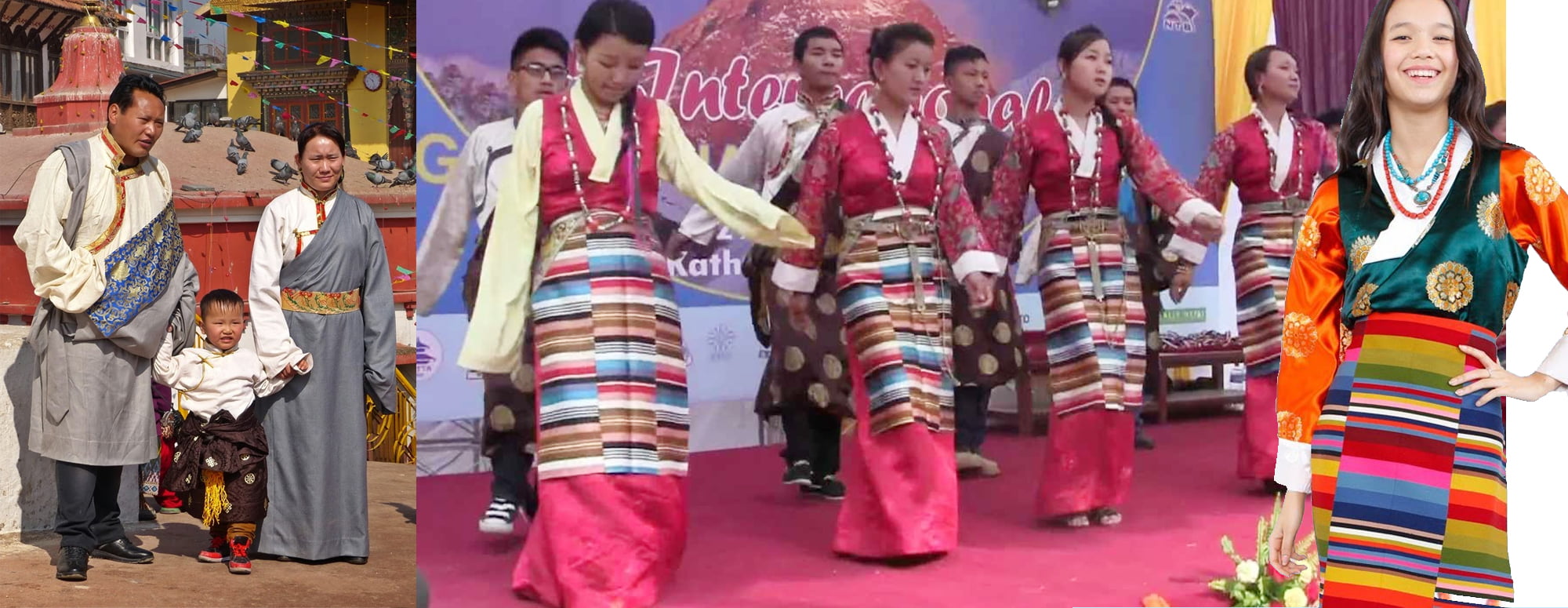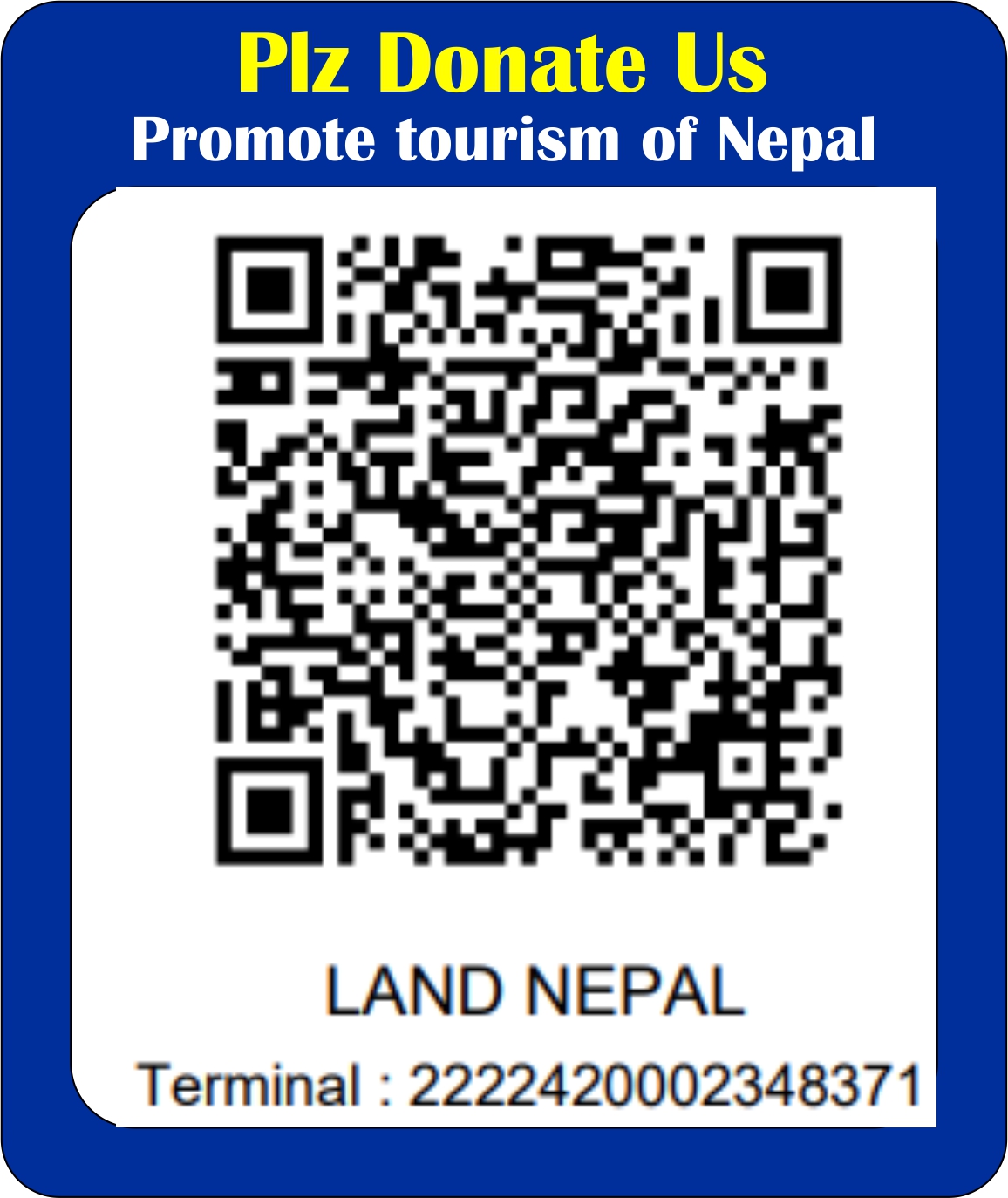Nepal is a diverse country with around 125 ethnic groups and 123 languages. Among them, Sherpa, also known as Sharwa, are one of Nepal’s 59 indigenous peoples and they only constitute 1% of the population of Nepal. The name Sherpa derives from the Tibetan language and means “easterner,” according to linguists. Sherpa are well-known mountaineers from the Solukhumbu district’s northern belt. Sherpas originated in the valley between the Dudh Koshi and Sun Koshi Rivers, and were the first inhabitants of the mountainous parts of Solukhumbu district, which is located in the shadow of Mount Everest, the world’s highest peak.
Origin of Sherpa people
Sherpa directly means to “those from the east.” They are thought to come from the Everest region, as well as Tibet and Mongolia to the east. Tengboche is Nepal’s oldest Sherpa village and a famous halt along the Everest Base Camp Trek.
What are Sherpas famous for?
Sherpas are recognized across the world for setting world records in climbing, such as the world’s fastest climber, youngest climber, first person to climb, first person to climb without oxygen, many times climber to the world’s highest peak—Mt. Everest, 8,848 meters, and so on. Sherpas are known for their mountaineering skill, which comes as no surprise. When foreigners first began exploring the Himalayas, they relied on locals to guide them through the dangerous landscape. The Sherpa people resided in the Himalayas and were excellent at navigating the peaks. They are used to the lack of oxygen because they live at such a high altitude. They became well-known as mountain guides as a result of their distinct skill set and the economic incentives. Tenzing Norgay Sherpa is a name that most people are familiar with because he was the first man to summit Everest after Sir Edmund Hillary. Pasang Lhamu Sherpa was the first female Sherpa to reach the peak of Everest, the world’s tallest mountain.
Where do most Sherpa live?
The Sherpa community is mostly found in Nepal’s Everest Region, which is located high in the Himalayas. Solukhumbu, Taplejung, Sankhuwasabha, Dolakha, Rolwaling, and Helambu are all popular destinations. Sherpas now reside all throughout Nepal and are frequently employed as mountain guides or instructors at mountaineering institutions in other nations.
Religion of Sherpa
Buddhists make up the Sherpa people. They practice Tibetan Buddhism specifically. If you happen to be in the Everest Region, you may visit magnificent monasteries, observe mani walls, and listen to Om Padme Mani Hum being played.
Language spoken by Sherpas
Sherpas historically speak Sherpa language, although today the majority also speak Nepali and English. Sherpa is a combination of Tibetan languages, although most Tibetans are unable to understand it.

Famous Sherpa Foods
Thukpa: Thukpa is a thick noodle soup with meat or egg and veggies, often known as Sherpa stew. The “noodles” remind me of savory dumplings more than noodles. It’s usually a touch spicy and extremely filling. In the Himalayas, it’s considered a winter delicacy.
Aaluko roti: Another famous Sherpa dish is AluKo Roti, commonly known as a potato pancake. Potato, eggs, and flour are used to make the pancake. It’s frequently offered to greet visitors. It’s usually accompanied by a green onion sauce and a hot chile.
Thenthuk: Thenthuk is also known as “pulled noodle soup.” It’s similar to Thukpa, however the noodles aren’t the same. Thunthuk is similar to chicken noodle soup in the United States, except it may be ordered with a variety of meats and includes more veggies. It’s generally a little peppery as well.
Butter Tea: Butter tea could be one of the strangest things they’ve ever tried for others. It’s wonderful when done correctly. But it is worth a shot at least once. This may not be everyone’s cup of tea (literally), but it may be something that someone really enjoys. This tea will keep you warm while also replenishing your body after a hard day of hiking. They make a tea out of jadibuti and ghee with salt.
Festivals that Sherpas celebrate
Lhosar: The Sherpa New Year is commemorated by Losar. Sherpas use the Tibetan calendar, therefore their New Year is distinct from the rest of the world, including Nepal (which also has a separate calendar).Imagine celebrating the New Year three times a year. Losar is a Buddhist festival that takes place in February. The event lasts 15 days and is rather calm in comparison to other Nepalese festivities. Families clean their houses and hope for good fortune at this time. Singing and dancing, feasts, and archery competitions are also on the program.
Mani Rimdu: Mani Rimdu is a nineteen-day event that takes place in October or November every year. The first three days of the celebration are spent with family, but the latter three days are held in public. The famed masked dancers may be seen at Tengboche’s monastery if you are completing the Everest Base Camp Trek (or another comparable trek in the vicinity).
One unique thing about the Sherpa culture is that Sherpas’ names are frequently given according to the day of the week they were born. For example, the word “Phurba” means “born on a Thursday.”
However, Trekking in the Khumbu (Everest) Region is the greatest method to learn about Sherpa culture. Engage the services of a Sherpa guide and ask as many questions as you can. Keep an eye out for Sherpa teahouses and get to know the proprietors. Sherpas are friendly people who are used to being in the company of visitors. If you inquire, they will gladly share their culture with you.
-Article written by: Saru Niraula for Land Nepal




